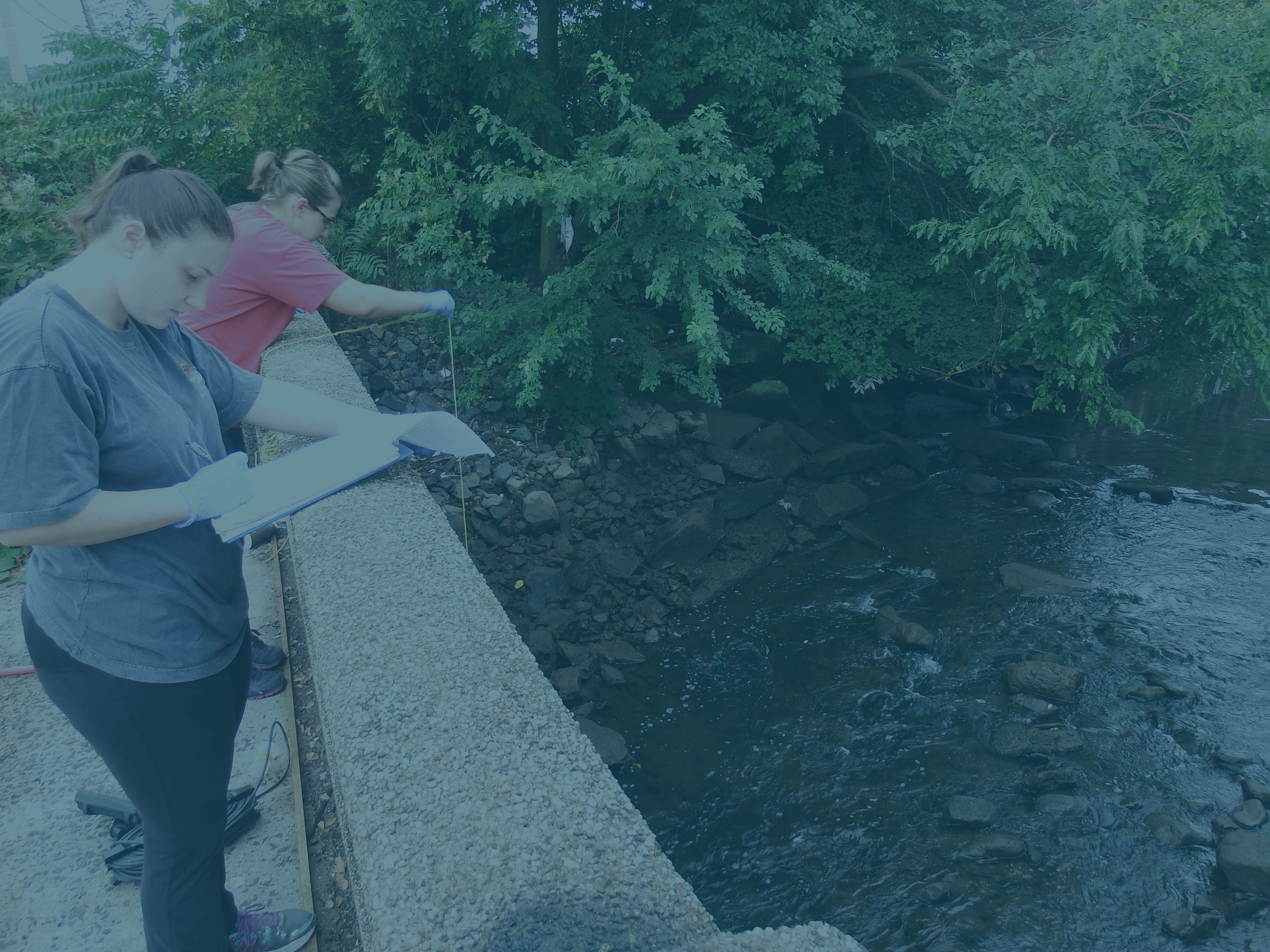
Newark Report: Implementation and Assessment of the Effectiveness of the Green Infrastructure Technology in Newark, NJ. Presentation: Low Impact Development Symposium September 28, 2011
This report summarizes work performed by eDesign Dynamics (EDD) in collaboration with the Interstate Environmental Commission (IEC) through a grant administered by New England Interstate Water Pollution Control Commission and funded by the US EPA. The project title is “Implementation and Assessment of the Effectiveness of the Green Infrastructure Technology in Newark, NJ.” Its purpose is to assess the effectiveness of green infrastructure (GI) technologies, (also known as low impact development (LID) technologies) at reducing urban runoff. Because the city has a combined sewer system, Newark, NJ, is an appropriate location for this project. Incremental reductions in the volume of runoff contributed to the combined sewer systems from individual lots can, during wet weather, reduce the frequency and volume of combined sewer overflows (CSOs). eDesign Dynamics and Interstate Environmental Commission are collaborating with the NY/NJ Baykeeper, the New York-New Jersey Harbor Estuary Program, the City of Newark, and the Greater Newark Conservancy (GNC), on reaching this goal. All above-mentioned parties contributed in the selection of the project in Newark as a site for GI technologies to be implemented.
The project goals involved the construction and monitoring of a “green” stormwater management system that reduces urban runoff through engineered infiltration, detention, reuse and evapotranspiration functions. Because stormwater from the project site historically drains directly to the City’s combined sewer system, there is a direct connection between runoff reductions achieved on this site through this design and the likelihood that replication of this design across Newark’s urban watershed can reduce the frequency of CSOs to the Passaic River. The design captures precipitation falling directly on the project site, but also harvests runoff generated on adjacent roof areas. EDD collaborated with GNC to develop a landscape plan and stormwater management system that can store these inflows and simultaneously provide irrigation water for garden areas within the formerly vacant lot.
The stormwater management system is configured to capture and redirect rainwater from adjacent properties for storage and reuse. When the storage capacity of the GI system is reached, overflows are directed first to an infiltration leach field, and finally back to the existing sewer system as a failsafe mechanism. The system utilizes a number of GI practices resulting in stormwater detention, retention, infiltration and irrigation reuse. EDD also designed and installed a water volume monitoring system with rain gauge in order to estimate the volume of water diverted away from the combined sewer system and subsequent reductions to CSOs for each rain event during the monitoring period.
DOWNLOAD REPORT